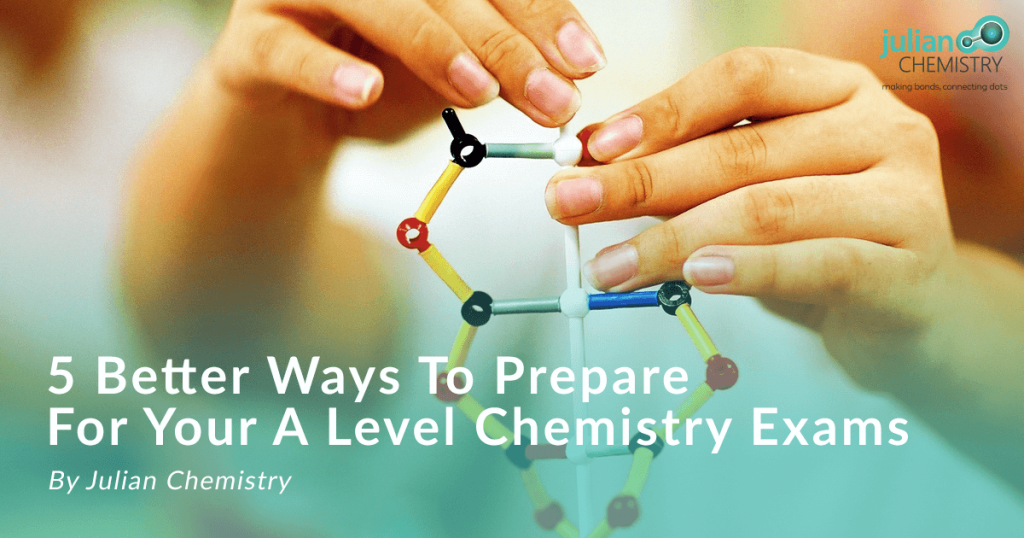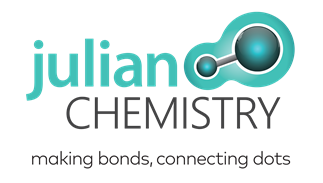5 better ways to prepare for your A Level Chemistry Exams
A Guide To Choosing The Right Chemistry Tuition Centre
July 18, 2017Survival Guide: A Level Chemistry
August 23, 2017
Over the course of the years, Singapore has been known for its strong performance in international assessments of learning, according to OECD’s PISA report in 2015. The report highlights how Singapore’s education system is focused on understanding and improving assessment and feedback in higher learning.
According to the report, the higher rate of educational development can be seen in every 1 out 4 children at the age of 15 years, especially in the Sciences. With established professional learning techniques that entail computer visualization across the nation, educational divisions in GCE “O” and “A” level has delivered resilient and competitive students. Statistics from the MOE Singapore show that only around forty percent of students from all programmes can gain admission into local universities every year.
As a result, ‘A’ level students must compete with their fellow students, students from polytechnics and international students for these few admission spaces. For those of you who wish to excel and beat the competition in the A level Chemistry exams, there are a few smart and efficient ways of studying that you could adopt. As experienced educators ourselves from running our own A level chemistry tuition classes, coupled with past experience as teachers and lecturers with deep knowledge of the requirements of A level Chemistry exams, we have summarized five ways to polish your studying techniques to prepare for your exams.
Making Use of The Spacing Effect

Highlighting of text is one of the common methods used to briefly study important information. However, students often end up highlighting most of the text, especially if it contains new information. This technique seems to work for some while for others, it is counter productive.
However, do not fret as crushing that exam simply requires finding the right technique for retaining important information. One such technique top students use relies on the “Spacing Effect” – a phenomenon that has been the subject of various studies.
The spacing effect refers to a learning phenomenon which involves exposing your brain to new information then giving it one or two days before reviewing the same information. Naturally, our brain does not form a network of associations for all the information it processes in one session. Therefore, as opposed to studying the same information in a single session, a 24-hour interval between study sessions increases long-term memory retention.
This way, you are able to focus more on the information that your brain is reviewing one day at a time, which produces a higher success score. This is why you may have had a difficult time remembering the information that you had memorized in one session before a test. Therefore, if you have an upcoming test or exam in a week, read the new information on the first day, and then review it every day until the day of the exam.
Make technology your best friend

The internet has connected us globally, giving us instantaneous access to a huge wealth of information and also the opportunity to interact with other people online. As an ‘A’ level chemistry student, there are social networking sites with platforms created for asking questions such as Quora, Facebook groups and various other learning applications, both free and paid.
Using these platforms will help you to engage with other users across the globe and therefore find out about different approaches used to solve different problems. Also, there are learning models such as the ‘flipped classroom’, which has a blended learning approach instead of the usual conventional instruction based approach. This learning model gives students the chance to arm themselves with the resources they need to do their homework with using technology.
One of the resources available for students includes pre-recorded videos. Students are able to watch, pause, rewind, Google terms while watching pre-recorded videos at home, then come to school with some background knowledge to do the homework. Evidence that the ‘flipped classroom’ model works is the existence of Schoology, Vodcasting, Glow, Wiki, Edmodo, TED, Khan Academy and YouTube where teachers are creating educational videos. As an ‘A’ level chemistry student, you can choose to sign up for these learning platforms that deal with the topics which you don’t understand fully.
Relate what you are reading to what you already know

A significant percentage of students who do well in Chemistry basically have a passion for this subject. Doing well in Chemistry requires a certain level of intrigue and enthusiasm to enable you to truly understand concepts such as Chemical bonding instead of merely memorizing facts.
With a specific end goal to build up the enthusiasm for ‘A’ level chemistry subjects, one can discover things that will enable them to comprehend concepts in the least complex way. For example, if you do not understand chemical bonding, it will be easier for you to find visualization software, or videos with demonstrations that explain the concepts. You can also use structural models to help you make sense of the bonding. In doing so, you not only gain more ground into the topic, but you also cultivate a culture of understanding and not just merely memorizing.
Effective note taking

As an ‘A’ level chemistry student, the goal of note taking is to help you recall the information that you have read. It is not uncommon to see students with large chunks of self-written notes for the various subjects that they are studying. The note taking process can be tedious for most students as mentioned earlier, with the bulk of students highlighting and recopying most of the information that they have received.
We propose a more effective way of taking notes for Chemistry, known as the Cornell Note-taking system. This system of note taking involves dividing the notes into columns, which enables a more organized view of the main points of the lecture, also helping students to review the information for tests more easily. This technique can be applied during a lecture or during self study with a textbook.
On the note paper, there would be three sections named, the cue column (concise summaries of ideas and facts), the note taking column (for recording details of the lecture) and the summary (space left at bottom to write a summary of the whole lecture).
There are 5 quick steps while applying the Cornell note taking system. It includes recording concise sentences of the lecture details via the note taking column, formulating questions based on the notes in the right hand column and including it in the left hand cue column, reciting the note taking column and answering the questions, after which the user has to reflect on the material and lastly, review the notes at the end of every week to continue to retain the information that he/she has learnt.
Seek coaching from Professional Chemistry tutors

Joining a professional tuition centre that provides Chemistry lessons with excellent qualities will be a plus for you. Here at Julian Chemistry, we help you stay on top of your game by using a tailored and proven approach that deepens your understanding of Chemistry. We also have a self-developed answering technique known as ART which engages your thinking during the answering of questions.
It is with our understanding that a student wants notes that are simple, comprehensive and relevant. Therefore, our accredited chemistry tutor Raene Lim breaks down complex theories, formulas and models. She also has an engaging personality which makes the curriculum easy to follow. Above all, maximizing your potential and having fun while at it is our uttermost priority.
Above all, interest and passion are crucial factors that determine the results of your A level chemistry exams. At Julian Chemistry, we understand that every student has their weakness and strengths in the field of Chemistry.
Therefore, our aim is to discuss your weak points by providing tailored and personalized help which touches on the five points mentioned above. Once we are done, you will be able to solve challenging Chemistry problems with tact and confidence. For more information on our holistic approach to chemistry as a discipline, contact us today.
References
- OECD PISA report (2015)
- Neurogenesis and the Spacing Effect (2007), PubMed Central
- Cornell Note-Taking system(n.d.), Santiago Canyon College STEM



